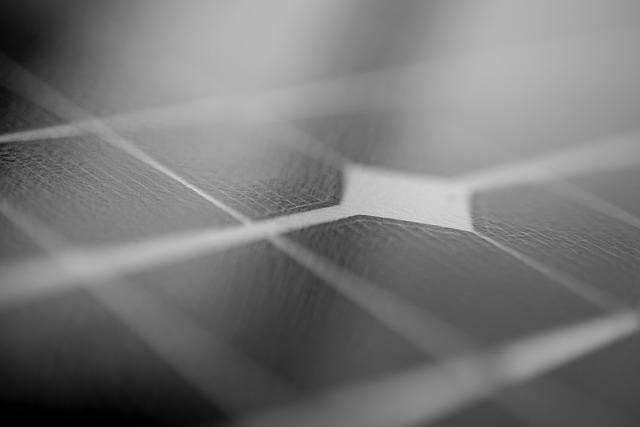
How to Install a Solar Electric Fence, How They Work, and Where You Should Consider Them
Usually, when you are installing an electric security fence, you will have a power supply in a guardhouse or similar. This makes it easy to access the power you need for the electric fence energizer.
However, in some cases, electric fences need to be installed in remote areas, whether it’s a farm, a waste transfer station in bear country or something else. Knowing how to install a solar electric fence, how they work and what they can and can’t do can help you to build an electric fence nearly anywhere. Here’s what you need to know.
Buy the Right Equipment
The first thing you need to know about how to install a solar electric fence is that you don’t have to reinvent the wheel. Many electric fence companies have solar-powered fence energizers that you can buy off the shelf, while others offer “plug and play” solar modules for their regular energizers.
Solar power is a tricky thing, and trying to calculate the size of the panel you need, what other equipment you need, and everything else that goes into it is both tricky and unnecessary. So, find an electric fence energizer manufacturer that offers the solar-powered equipment you need and skip all the hassle.
Don’t Forget the Battery!
Most solar-powered electric fence energizers don’t power the fence directly. Instead, the solar panel collects energy, it goes through an inverter and then it’s stored in a deep cycle battery. That battery is what powers the fence line, so you need to make sure you have a battery installed in your energizer and don’t forget to check that it’s working from time to time. If the battery stops working, so does the fence.
Build the Fence Right
The next thing you need to know about how to install a solar electric fence is that everything besides the energizer needs to be exactly as you would install any other electric fence, which usually includes:
- Insulators on every line post
- Strain insulators and tensioning equipment at every corner, end and straining post
- wire loops to “jump” from one side of your tension posts to the other (you need to complete the circuit!)
- High-quality conductive wire
- Proper grounding or earthing at the energizer
- Cables to bridge gates and other openings, as well as a standalone wire “grid” with insulators on the gate body
- Warning signs – these are usually a legal requirement for any electric fence – even if it’s installed in a remote area
The most important things to remember when you’re building any electric fence is that you need to complete the circuit and avoid shorts on the fence line. If you can do both of those things, wiring the energizers to the fence is a relatively simple matter.
Where Should You Consider Using a Solar Powered Fence Energiser?
When it comes to reliable electric fences, conventional power should always be the first choice. That’s especially true for high-security fences. If you are installing an electric fence around a military site or a prison, for instance, you should always use mains power.
However, there are instances where you might need an electric fence in a remote area. In some cases, you might even need to electrify the fence line in sections before the power and comms cabling is in place. In those scenarios, it’s a good idea to consider using a solar-powered energizer.
Solar-powered energizers are also a popular choice for bear fences in northern Canada and other remote parts of the world where bears threaten oil and gas and other sites. In these cases, the solar energizer will only work during the spring and summer, but since bears hibernate during the winter, your electric fence is not essential.
It’s still a good idea to install solar energizers on top of custom-made pedestals so that they aren’t exposed to standing water when it rains, and bushes and vegetation can’t obscure the solar panel.
Are Solar Powered Energisers A Good Security Option?
No. Solar-powered energizers are generally not designed for high-security fencing applications. However, they are a quick and easy way to build an electric fence that will deliver a shock when necessary.
So, if you’re wondering how to install a solar electric fence and whether it will work for you, consider what you’re trying to keep in or out, and use that as your guide.


